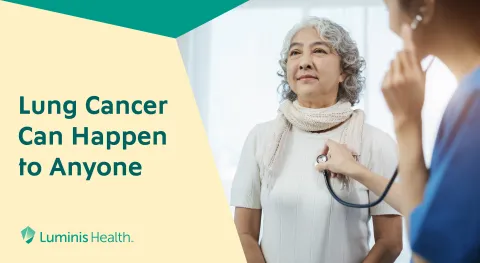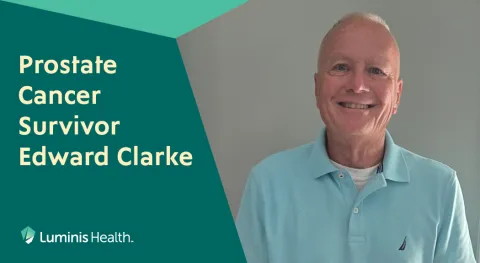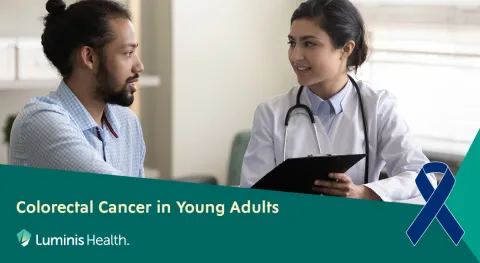by Luminis Health
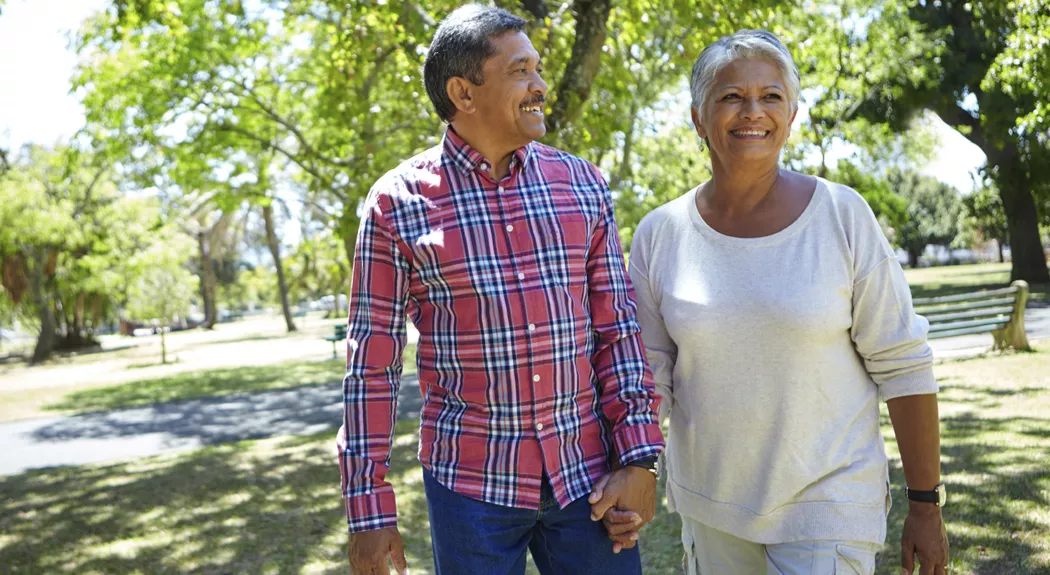
“What next?” I hear that question often from cancer survivors when they finish their last treatment. From diagnosis to the end of treatment, most cancer patients are on autopilot. They focus on doctor visits, test results, chemotherapy or radiation, and perhaps surgery recovery. It’s a whirlwind of events –until it’s over.
Whether a patient is deemed cancer-free or in remission after treatment, the cancer journey comes to an abrupt stop and a new journey begins: cancer survivorship. What should be a joyous, hopeful and celebratory time often leaves patients feeling lonely and afraid.
Care and support for cancer survivors doesn’t have to end when treatment does. For example, our Geaton and JoAnn DeCesaris Cancer Institute offers programs and support to help survivors manage their unique needs and challenges after cancer treatment. The goal is to help all survivors thrive beyond their cancer diagnosis and enjoy a high quality of life. A survivorship program should include:
- A survivorship visit. Each patient should receive an individually tailored document with a summary of their diagnosis, test results, specific information about their treatments and the possible late and long-term effects of treatment.
- A care plan. Also tailored for each survivor, the care plan guides patients to live healthier which empowers them to self-manage their quality of life.
- Counseling. Based on each person’s own needs, there are many counseling options available including nutrition counseling, psychosocial support/counseling, spiritual counseling, financial counseling, genetic counseling, sexuality counseling and smoking cessation.
- Lifestyle recommendations to thrive. Survivors should be encouraged to adjust their eating habits to more plant-based food choices, rather than meat. Dietary changes, along with regular activity, exercise and healthy weight management, may reduce risk of the same cancer returning, or a new cancer developing.
READ MORE: How to navigate cancer survivorship
In addition to a comprehensive survivorship program, there are other steps cancer survivors can take after treatment ends. If you’re a cancer survivor, here are five ways you can thrive.
- Share your story. Whether you do this by talking in casual conversations, writing your story on a blog or even speaking at an event, sharing your story can help you reflect on your cancer journey and help you see how far you’ve come. It can also inspire others and give them hope.
- Get involved. Join the community of people who are working to conquer cancer. There are plenty of walks, runs and other events that support the fight against cancer.
- Be active. Studies show that exercise helps improve many different bodily functions, and can even decrease your risk of certain cancers. Make it fun! Ask your friends to join you on a walk, try a yoga class or even take simple stretching breaks during the day.
- Try a new hobby. You’ve likely been spending most of your time and energy on completing cancer treatment. Now that you’ve conquered cancer, you can take on anything!
- Add a furry friend to your family. If you’ve been thinking about getting a pet, now’s the time. There’s nothing like the healing power and companionship of a dog or cat.
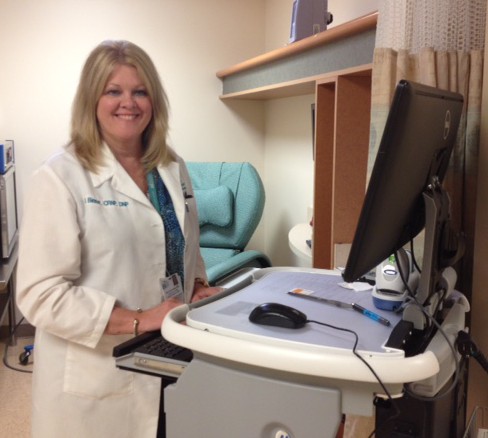 Madelaine Binner is an oncology nurse practitioner at Anne Arundel Medical Center.
Madelaine Binner is an oncology nurse practitioner at Anne Arundel Medical Center.
Originally published May 31, 2016. Last updated May 7, 2019.

